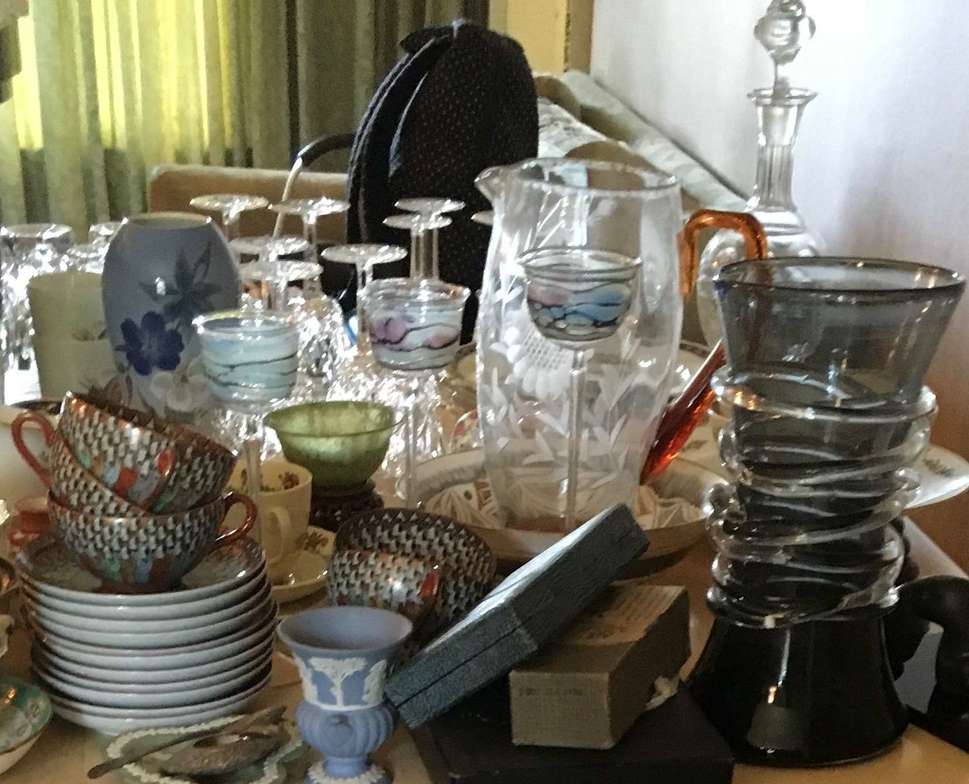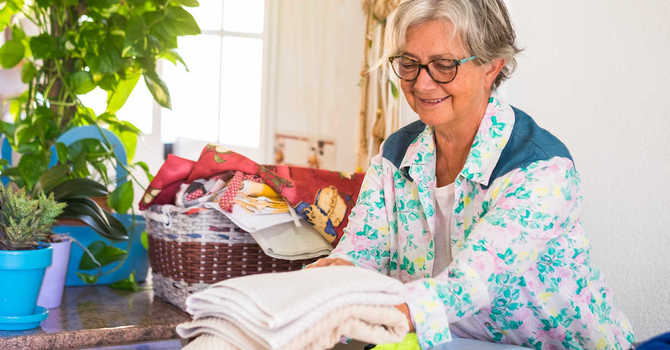
Educators at the University of Minnesota created a workbook, “Who gets Grandma’s yellow pie plate?”, to help people deal with personal property and inheritance issues.
We have used their workbook for our “Laugh + Learns” to encourage older adults to initiate conversations about distributing their “non-titled” and often sentimental items.
Of course, the “yellow pie plate” is not about houses, cottages, cars and bank accounts, but rather about Aunt Lucy’s silver candlesticks, Nana’s well-loved recipe book or Great Grandpa’s woodworking tools.
The other day, a friend and I were chatting about “yellow pie plates” and she shared this story about what happened in her family after her Mum passed away.
Mum had been a Nurse and had been diagnosed with a terminal illness. My friends laughed right out loud when she told me that her Mum felt “everyone should be diagnosed with a terminal illness, because you live differently”.
My friend and her two sisters wanted their Mum to move closer to them so they could visit easier and more often. Wishing to remain independent, Mum decided to stay in her own home so the daughters took turns driving to visit her.
Each trip to the family home was different and many conversations centered on the treasures in the house. Some of the stories behind these items were familiar; many were not.
All the while, Mum was secretly noting each daughter’s interest in the stories behind family keepsakes and using yellow sticky-notes to identify who she wanted to have things when she no longer needed them.
The visits went on for some time and then, Mum passed away.
The task of clearing the family home took on new meaning for the three sisters. As my friend said, “It was like a treasure hunt for grown-ups”. Each time they found a note, they laughed and cried and recalled the many conversations they had had with their Mum.
Underneath one cup was this note, “I gave this cup and saucer to my Mum when I was six”.
Under the matching saucer, a second note added, “You gave me a cup and saucer when you were six…and you broke it when you were seven! This cup and saucer is for YOU.”
The sisters found all of the treasures, with notes attached, and then selected a few more keepsakes to pack and take to their homes.
After sharing tears and laughter, they decided to invite all of their Mum’s friends to stop by for tea, to share their stories and take an item or two home with them to remember their Mum.
The process was so much more personal because of the thoughtfulness of their Mum who knew in her heart the person who would treasure each item.
With wisdom and sticky notes, she left a wonderful legacy for her daughters – the gift of memories to be cherished.





